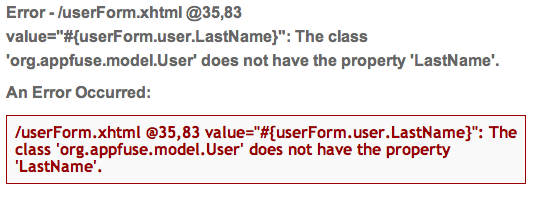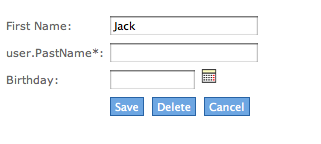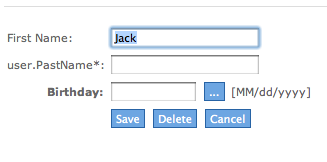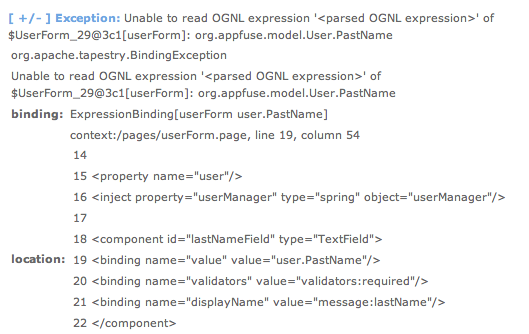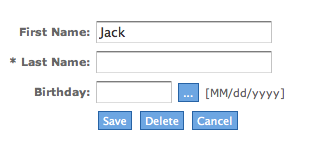Comparing Web Frameworks: Time for a Change?
I first came up with the idea to do a "Comparing Web Frameworks" talk in 2004. I submitted a talk to ApacheCon and it got accepted. From there, I outlined, created sample apps and practiced this talk before ApacheCon. Believe it or not, that was my first time speaking in front of a large audience.
Historical note: October 2004 was a pretty cool month - I discovered Rails and Roller had a 1.0 release candidate.
When I created the presentation, it was in large part due to all the WebWork and Tapestry folks harassing me on this very blog. I started using Struts in June 2001 (the same month 1.0 was released) and had used it successfully on many projects. Part of the reason this blog became so popular was I posted lots of tips and tricks that I learned about Struts (and its related project) while using it. After a while, the noise became too heavy to ignore it - especially after I'd tried Spring MVC. So in an effort to learn more about the the other frameworks, I submitted a talk and forced myself to learn them. It seems to have worked out pretty well.
With that being said, I think it's time for a change. The reason I originally wrote this was to educate developers on how the top Java web frameworks differed and encourage developers to try more than one. A while later, I realized there's different tools for different jobs and it's not a one-size-fits-all web framework world. It's not a component vs. request-based framework world either. There's lots of options now. When I've delivered this talk earlier this year, I've always felt like I've left quite a few frameworks out. The solution could be to add more and more frameworks. However, I don't think that's a good idea. The talk is already difficult to squeeze into 90 minutes and it's unlikely that adding more frameworks is going to help.
The change I'd like to do is to reduce the number of frameworks down to (what I consider) the top web frameworks for deploying to the JVM. What are those frameworks? IMHO, they are as follows, in no particular order:
- GWT-Ext
- Wicket
- Grails
- Flex/OpenLaszlo
- Seam
- Struts 2
The RIFE, Tapestry and ZK folks can start bitching now. Sorry - less frameworks make for a more interesting talk. Maybe I'll add you in the future and I can ask the audience which ones they want compared then we can choose four and go from there. Why don't I mention Spring MVC? Because I think Struts 2 is easier to learn and be productive with and I also like it's more open and active community. I've written applications with both and I like Struts 2 better. As for Flex vs. OpenLaszlo, I'm somewhat torn. It seems like learning Flex is going to be better for your career, but it's likely useless without the Flex Builder - which is not open source. However, at $250, it's likely worth its price. I know the Picnik folks used Flex for their UI - I wonder how much they used Flex Builder in the process?
What do you think? Are these the top web frameworks for JVM deployment today? The next time I give this talk is this Thursday at ApacheCon. I may try to re-write my talk and then give the audience a choice of old vs. new. The downside of doing the new talk is I won't have time to write apps with GWT, Flex or Seam. Anyone care to post their top three pros and cons for any of these frameworks?



